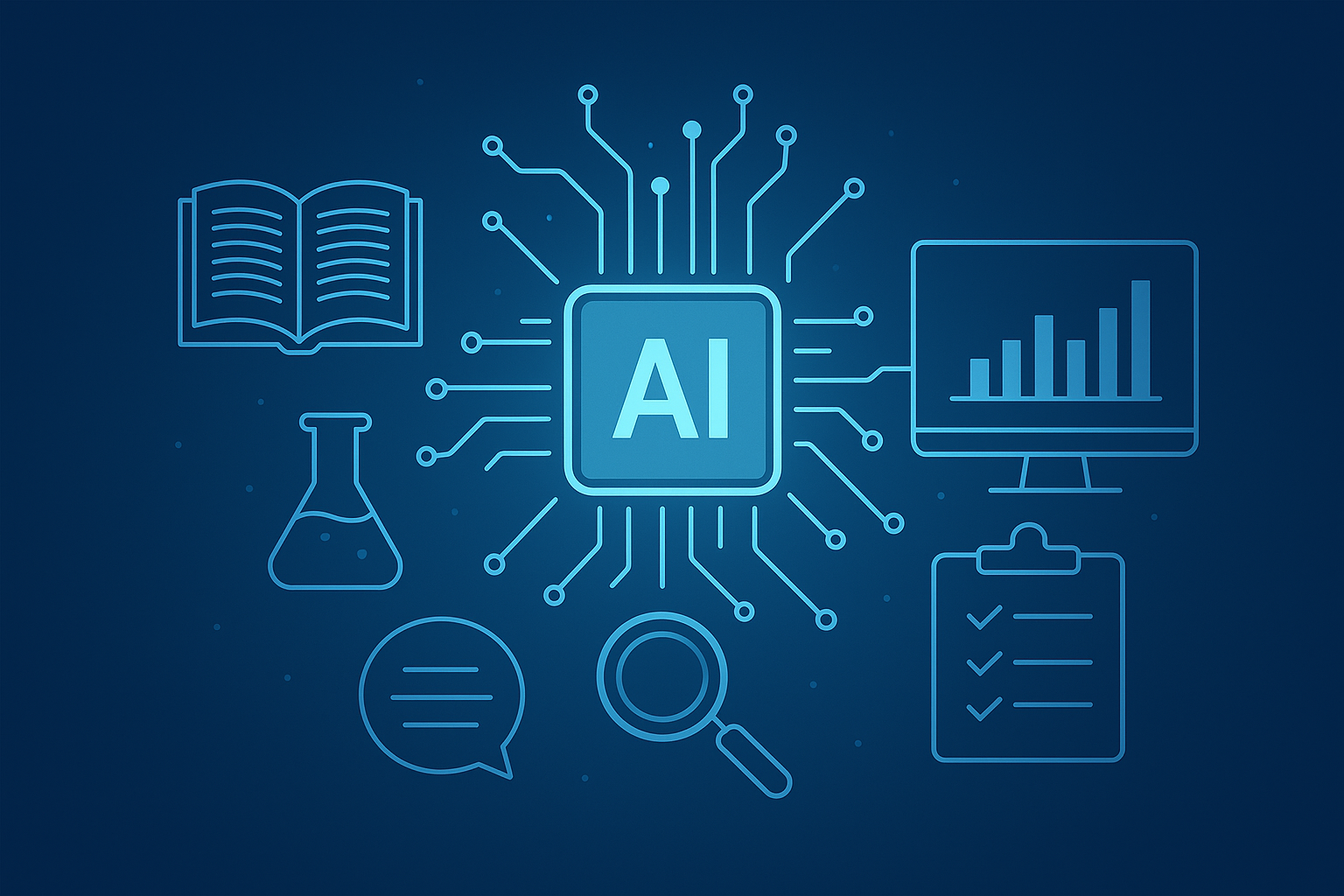3D printing in healthcare: Innovations transforming patient care
The future is here and has been for a while. We have artificial intelligence, smartphones, tablets, autonomous cars, and more. The world has come a long way in a few short decades when it comes to technological advancements.
One field that has benefited from tech advancements is healthcare, as anyone with a phd nursing, online doctorate in nursing can attest to. 3D Printing, in particular, has revolutionized the healthcare sector recently. This helpful article will share all about this topic, so continue reading if you'd like to know more.
What is 3D Printing?
3D printing is a manufacturing process, also known as additive manufacturing. The process creates three-dimensional objects by building them up layer by layer from a digital file using a printing device. Digital designs are sliced into thin layers using specialized software, and a 3D printer then deposits, fuses, or solidifies material in these layers until the final physical object is formed. This technology allows for the rapid creation of prototypes and customized parts from materials like plastics, metals, and resins. The most common filament for 3D Printing is polylactic acid, or PLA, but resin is also used.
Applications in Healthcare
One of the most prominent applications of 3D printing in the healthcare sector is the creation of prosthetics. Traditional prosthetic limbs are quite expensive and extremely time-consuming to manufacture, and 3D Printing allows rapid printing and the customization of prosthetics tailored to an individual's unique anatomical features. This offers improved comfort and functionality at a fraction of the cost and time required.
In the field of implants, 3D printing is being innovatively used to produce patient-specific orthopedic and dental implants that align ideally with the recipient's body. These implants, 3D printed and often made from biocompatible (which means they fit the body) materials such as titanium or certain polymers, can reduce the time required for surgery and improve patient outcomes by ensuring a better anatomical fit for the implant.
Surgical models represent another critical application for this technology. 3D-printed replicas of organs or other anatomical structures based on patient 3D scans can help specialist surgeons plan complex medical procedures. These models enhance preparation prior to surgery, minimize any risks during surgery, and can also serve as effective tools for educating future medical professionals.
Furthermore, custom medical devices, including things such as hearing aids, braces, and even specialized surgical instruments, can also be quickly manufactured through 3D printing processes. These devices can be tailored to a patient's exact dimensions and needs, leading to improved performance and overall greater patient satisfaction. In many ways, 3D printing technology is paving the pathway for a more personalized and efficient healthcare system through technological innovation.
Benefits for Patients and Providers
The benefits of 3D printing in healthcare settings extend to both patients and healthcare and hospital providers, greatly enhancing the quality, efficacy, efficiency, customisation, and personalisation of medical care.
For patients in particular, one of the most noteworthy advantages is the ability to receive customized treatments via 3D printing. Whether it's a prosthetic limb for an amputee, a dental implant or implants, or a hearing aid device, 3D printing allows for medical prosthetics and devices to be tailored exactly to an individual's anatomical features. This results in greater patient comfort, better function, and improved patient satisfaction. It also reduces waiting times, as products can be designed and manufactured quickly via 3D Printing, which is especially valuable in urgent or complex medical situations. In addition, the use of patient-specific surgical 3D models can help patients better understand their upcoming treatment or procedure, making the patient experience more transparent and less intimidating, as a health scare is always stressful.
For healthcare and hospital providers, 3D Printing can support better surgical planning and accuracy overall. The ability to work with anatomically correct models prior to entering the operating theater can reduce the likelihood of complications during surgeries, shorten procedure timeframes, and lead to better patient outcomes.
It also contributes to cost savings for providers by reducing the need for expensive, mass-produced medical components. It also lowers the rate of surgical revisions and multiple attempts. In some teaching hospitals, 3D printed models can provide realistic training tools for medical students and resident doctors, enhancing medical education and preparation without relying solely on cadavers or simulations, as was in the past. Overall, 3D Printing assists providers in delivering more efficient, precise, and patient-centered care, which is a net benefit.
Future Prospects
3D printing in healthcare offers many future prospects. Some innovations we may see in the future include bioprinting organs for transplants, which could save lives and reduce the need for organ donors.
However, regulatory hurdles must be considered, as any new healthcare innovation must be rigorously tested and reviewed before implementation. Ethical considerations are also at play, which are the remit of hospital ethics boards and government bodies. Further research may be required before the above advancements can occur.
A 3D Printing Summary
This informative article has discussed 3D printing in healthcare and how these innovations are transforming patient care. We've covered the applications of 3D printing in this context, the implications for patients and providers, some of the future prospects of this technology, and barriers to overcome.





















